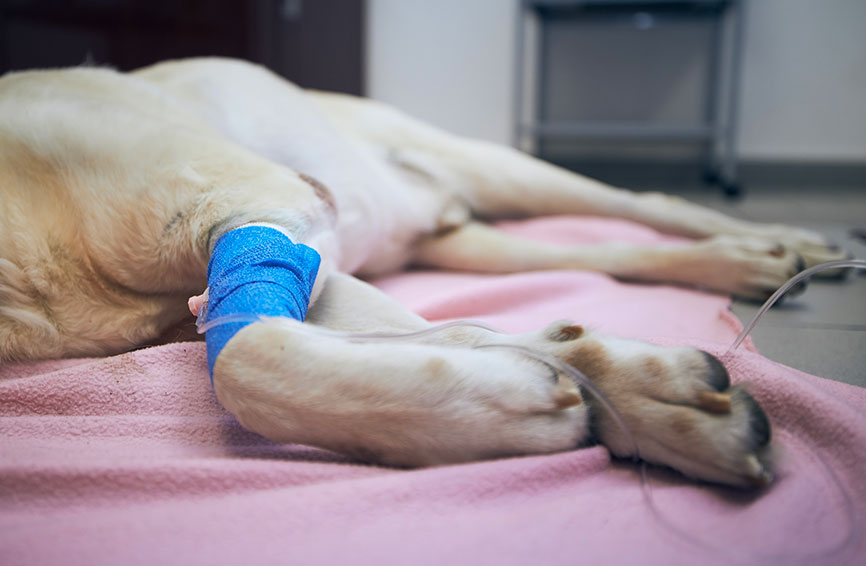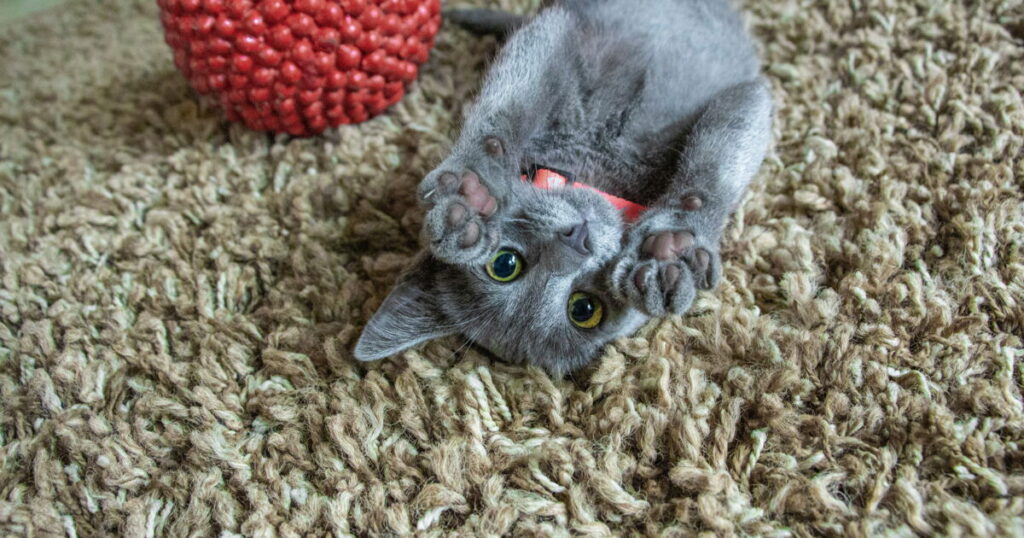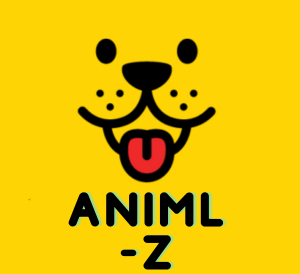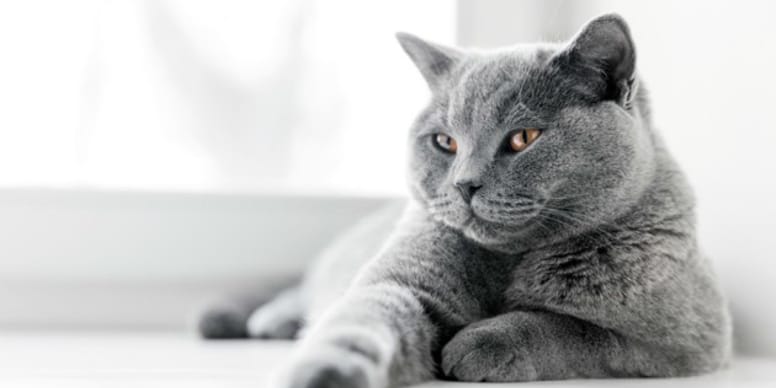
The age of puberty in cats is between 4 and 12 months. Generally, short-haired breeds are more sexually advanced than long-haired breeds.
L'estrus (the heat) punctuates the period of fertility in females.
The fertile period, the one during which the female can have a succession of estrus, covers a large part of the year, to the point that cats are considered to have annual polyestrus.
Their heat, which lasts from 4 to 10 days, repeats with close frequency.
Modification of the cat's behavior
THE behavior of the cat then changes: she generally meows to call the male, rolls with her stomach in the air, becomes more affectionate, crawls on her stomach while raising her tail.
Unlike the dog, she has no blood loss. If she is fertilized, these signs diminish and disappear in a short time.
Otherwise, nature repeats heat at short intervals, even immediately after giving birth.
THE couplings can follow one another at a rate of 3 every 3-4 hours, the oocytes released by females are 2 to 11 in number and the probabilities of fertilization are very high, because cats are a species with induced ovulation, which means that without mating there is no ovulation.
The reproductive phases which precede parturition are distinguished into fertilization, progestation and implantation.
By fertilization, we designate the moment when the oocytes and the spermatozoa unite to give birth to the first cell of the embryo. Two particular phenomena can occur in cats: superfertilizationwhere the female can be impregnated by several males, and the kittens have different fathers, and the superfetation.
Approximately 10% of female cats may return to heat between the 21st and 24th day of gestation, accept mating and give birth to both full-term, live kittens and premature, non-viable fetuses.
There progestation is the phase during which the eggs migrate into the uterus and are fertilized.
L'implantation is the initial formation phase of the true placenta, and can occur 13 to 14 days after fertilization. Gestation follows it.
Gestation
Gestation is the period during which embryos grow in the uterus and become fetuses. It lasts from 63 to 68 days.
THE pregnancy diagnosis is not carried out with laboratory tests which are not significant for cats, but on the basis of data obtained during clinical visits, radiological and ultrasound analyzes which also give the number of fetuses.
The clinical veterinary visit is based on palpation of the abdomen and sensation of the fetuses from the 3rd week of gestation.
L'radiological examination notes the presence of the skeletons of the fetuses, visible around the 36th day, but more clear from the 40th. L'ultrasound examination is, however, reliable from the 20th day, and fetal movements are visible from the 4th week.
Pattounes in your mailbox?
Let's go !
Giving birth
Parturition is the phase ofexpulsion of fetuses and fetal elements through the female genitalia at the end of gestation.
THE premonitory signs of imminent birth are the temperature drop rectal which goes from approximately 38.5°C to 37°C, and a certain anxiety which pushes the female to isolate herself in the place where she has decided to give birth.
No need to prepare a nursery in the place you want: it's the cat who chooses and nothing will make her change her mind. The other sign isappearance of milk several days before giving birth.
The birth lasts 6 hours approximately, and the fetuses are expelled every 10 to 60 minutes: the average number of kittens ranges from 3 to 6, and the weight of each of them is 100-130 g at birth.
The mother cuts it umbilical cord with the teeth before vigorously licking the kittens to activate circulation, respiration and all organic functions; About 1 hour later, the kittens begin to suck their mother's milk.
Breastfeeding or lactation
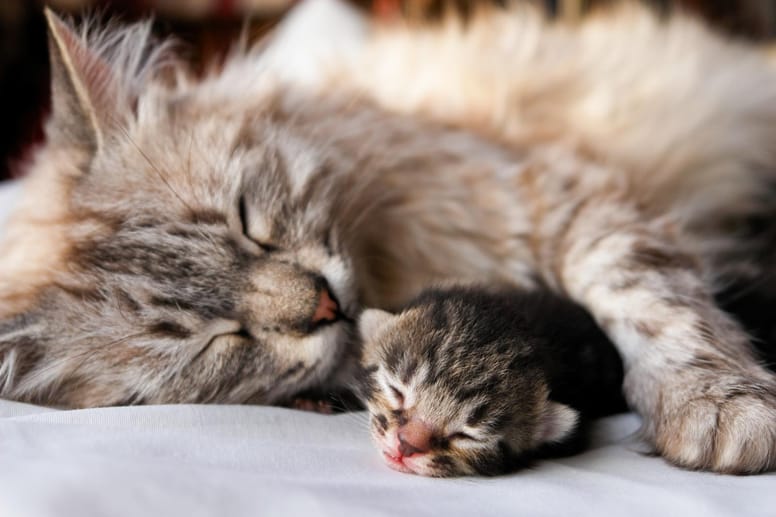
During 48 hoursthe mother never leaves her babies alone, they suckle between 2 and 3 ml of milk every 20 minutes, and their weight has almost doubled after 7 days.
During the first days of their life, kittens move very little and only begin to open the eyes only between the 10th and 14th day. It is the mother who takes care of their hygiene: she often licks them and stimulates them so that they eliminate urine and stools which she then swallows, which prevents droppings in their living environment.
During this period, the maternal diet must be exceptionally rich and include mineral salts and vitamins, and it is advisable to give the same diet as that of kittens in the growth phase.
At 3 weeks, the babies are already starting to explore their environment: it is better that they stay with their mother until they are around 60 days old, and that they feed as much as possible on mother's milk, rather than the we will alternate with ready-made foods designed for kittens from the age of 45 days, so as to wean them gradually.
At this stage, the mother's lactation decreases rapidly since milk secretion depends on stimulation of the udders by the kittens.
The cat needs cat food during gestation and lactation.
Also see:

